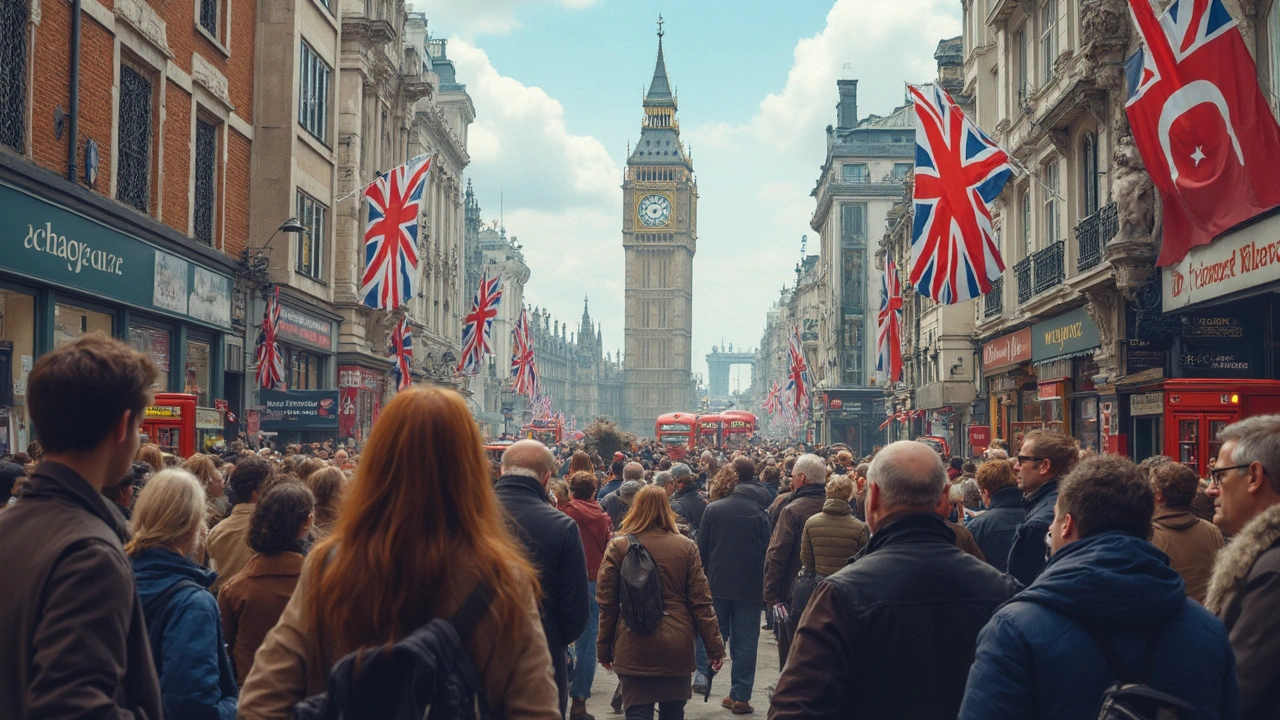Political Polarization in the UK: What It Is and Why It Matters
Ever notice how friends argue about the latest election or a news headline feels like a battlefield? That’s political polarization in action. It’s the growing gap between people who see the world through very different political lenses. In Britain, this split shows up in everything from talk shows to street debates, and it shapes the choices we make every day.
First off, polarization isn’t just about shouting louder; it’s about how quickly we dismiss the other side’s ideas. When you scroll through Twitter, you’ll see echo chambers where the same opinions bounce around, making it harder to hear anything new. That’s a key sign that the divide is deepening, and it affects how we understand facts, trust media, and even vote.
How to Spot Polarization in Your Feed
Look at the headlines you read. If most of them come from sources that always lean left or right, you’re probably inside an echo chamber. Check the language: words like “radical,” “extreme,” or “unpatriotic” often replace neutral facts. Notice the comments section – do you see lots of personal attacks instead of constructive discussion? Those are red flags that the conversation is more about winning than learning.
Another clue is the speed at which you share articles. If you’re instantly sharing a story that matches your beliefs without checking other viewpoints, you’re feeding the divide. A quick fact‑check or reading a piece from the opposite side can keep you from getting stuck in one corner.
Practical Steps to Bridge the Gap
Start by diversifying your news sources. Pick one left‑leaning and one right‑leaning outlet each week and compare how they cover the same event. You’ll spot the bias and get a fuller picture. When talking with someone who disagrees, try the “listen first” rule – ask what they think and repeat it back before you share your view. It sounds simple, but it lowers defenses and opens space for real dialogue.
Take breaks from social media during heated moments. A 10‑minute walk or a coffee break can prevent your brain from spiraling into anger. If a topic feels too emotional, write down what you think is the core issue, then look for facts that either support or challenge it. This habit forces you to separate feelings from evidence.
Finally, remember that political issues are often multi‑layered. Health care, housing, and climate policy affect different groups in different ways. Recognizing that people’s positions stem from their lived experiences can help you move from “us vs. them” to “how can we solve this together.”
Political polarization isn’t going away overnight, but staying aware of its signs and making small changes in how you consume and discuss news can keep the conversation productive. The next time you see a polarizing headline, pause, check another source, and ask yourself what you might be missing. That simple step makes a big difference for you and for a healthier public debate.

Exploring 7 Alternatives to 'Is America Left or Right?' in 2025
In a world increasingly divided by political rhetoric, understanding the alternatives to the binary question of 'Is America Left or Right?' has never been more crucial. This article explores seven alternatives, focusing on consequences, governance, and societal impacts of political polarization, aiming to encourage solutions and bridge the division. While these alternatives can highlight real-world challenges, they may also emphasize negative aspects and struggle to quantify their effects comprehensively. The discussion ultimately seeks a balanced view of America's complex political landscape.
READ MORE